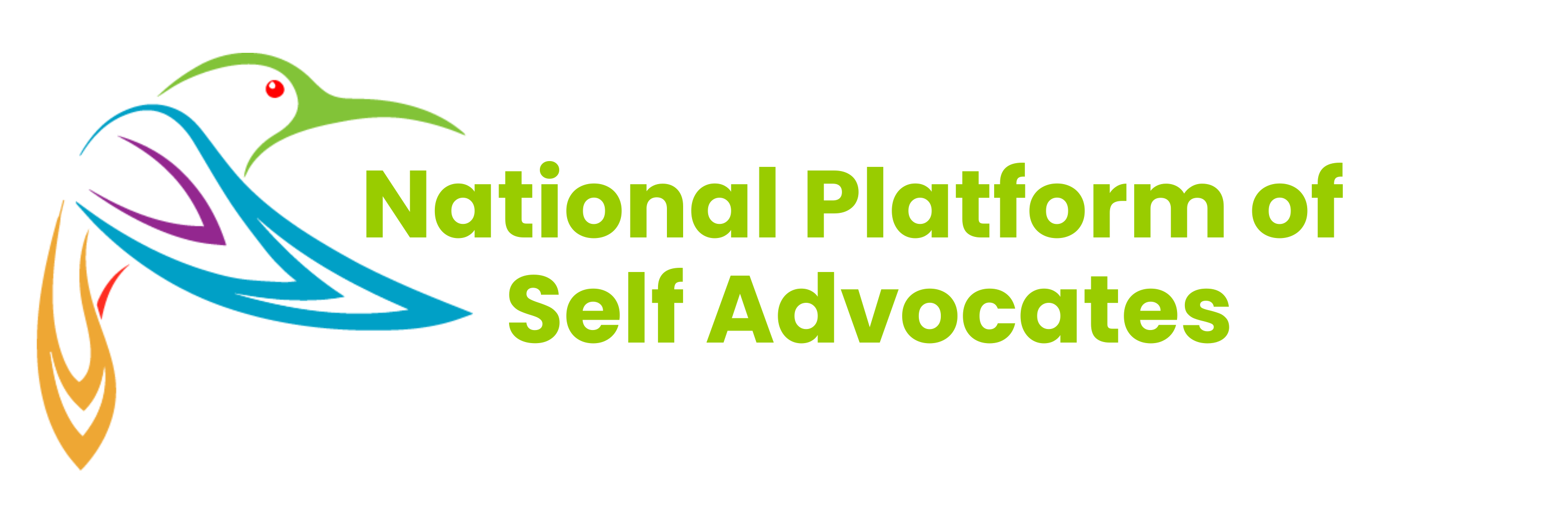Here is a list of things to think about when you are organising a meeting.
1. Choose an Accessible Venue:
Pick a venue that everyone can get to easily. Check if there are ramps, elevators, and disabled toilets for people with physical disabilities. Make sure the venue is well-lit and has clear signage for easy navigation.
2. Communicate Accessibly:
Send out invitations with clear instructions on how to get to the venue and what to expect at the meeting. Include an eircode or a copy of a google map on the meeting invitation.
3. Arrange Seating: Set up the meeting room with enough space between chairs for wheelchair users and people with mobility aids. Ensure that there are designated seating areas for people with disabilities, such as front-row seats for those who are hearing or visual impaired.
4. Use Accessible Materials:
Prepare materials for the meeting in accessible formats, such as large print, braille, or electronic documents. Use plain language and clear formatting to make the information easy for everyone to understand. Send out meeting presentations and documents at least a week before a meeting to give people time to review them.
5. Provide ISL Interpreters:
Where necessary provide an ISL Interpreter.
6. Facilitate Communication:
Encourage everyone to speak clearly and at a moderate pace during the meeting. Use microphones or amplification systems to ensure that everyone can hear what is being said. Repeat questions or comments from the audience to ensure that everyone understands. Answer one question at a time.
7. Allow Time for Breaks:
Schedule regular breaks during the meeting to allow people to rest, stretch, or use toilets. Sometimes people with disabilities may need extra time during breaks.
8. Be Inclusive:
Make sure that everyone has an opportunity to participate in the meeting. Encourage active engagement from all attendees and ensure that their contributions are valued and respected. If questions are being asked please ask one question at a time. Make questions short. Ask questions slowly and clearly. Make sure people understand what you are asking. Listen to the answer and look for clarification if you don’t understand. Never say ‘I think you mean….’, use ‘Do you mean…’ instead.
9. Evaluate Accessibility:
After the meeting, gather feedback from participants to evaluate the accessibility of the event. Ask for suggestions on how make improvements to make future meetings more accessible.
